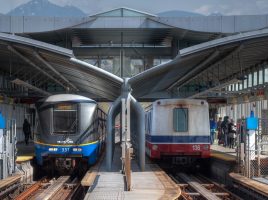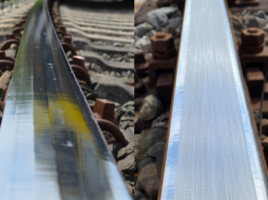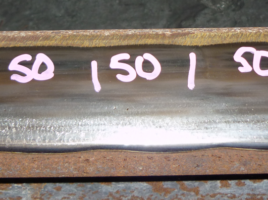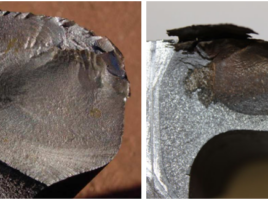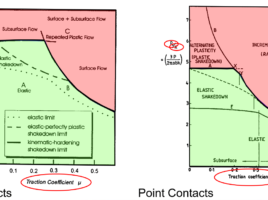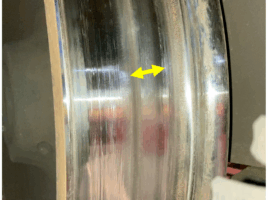
Extending Wheel Life Through Rail Grinding
by Jeff Tuzik Rail grinding is typically the go-to approach to addressing rail-related issues like corrugation, RCF, profile degradation, and a slew of others. It works. And on transit (and other closed-loop) systems, rail grinding can also be used to address wheel-related issues, as well. Greater Cleveland Rail Transit Authority’s …


